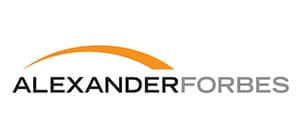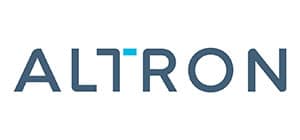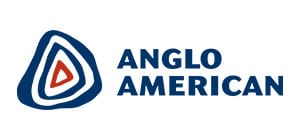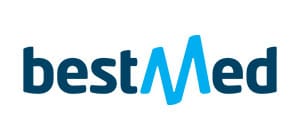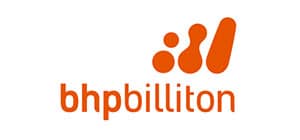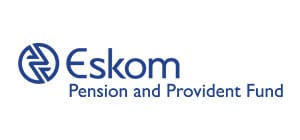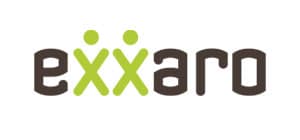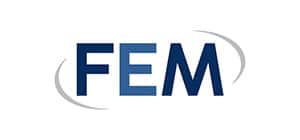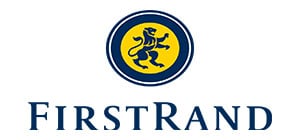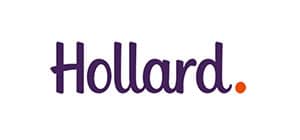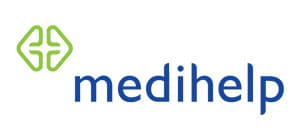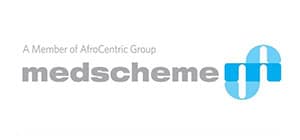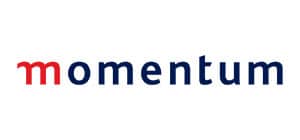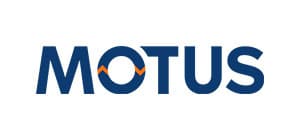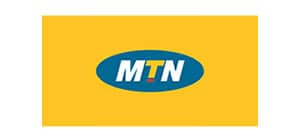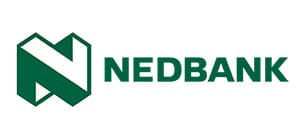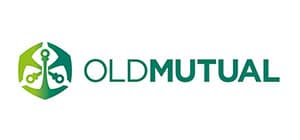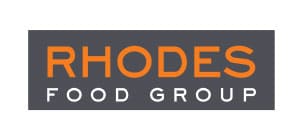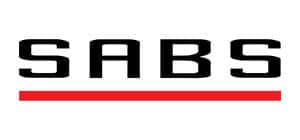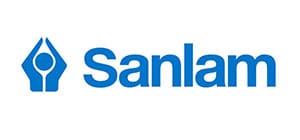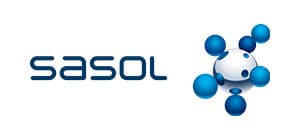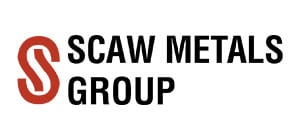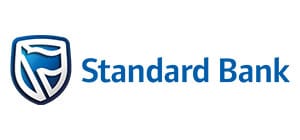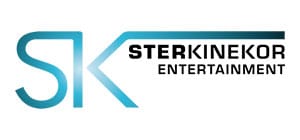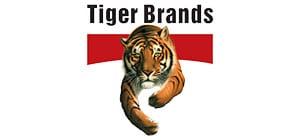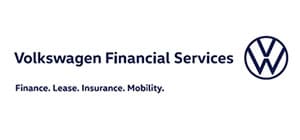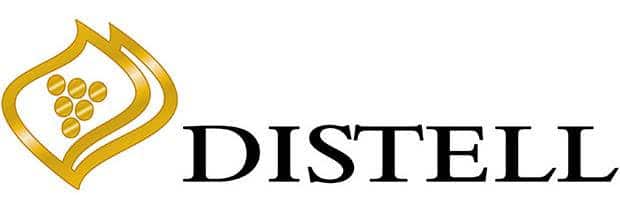Great innovation comes from the ability to separate what people want from how they should get it.
Interested in this service? Request a callback from one of our friendly consultants…
Business and Process
Architecture Consulting
Changes to how organisations run their operations intensify as the marketplace changes and become increasingly competitive. We help organisations shift to new operating models that meet the high expectations their customers have; from efficient interactions to convenient, reliable and value-for-money product and service deliveries. Customer’s expectations continue to surge as digital disruptors raise the bar for personalised service often with an advantaged cost structure. We design Business & Process Architectures for our clients that help them address margin strain and meet demanding customer expectations.
If you’re concerned about the economic outlook and want to increase the resilience of your organisation’s performance, we will assist you to make the shift to a Target Operating Model (TOM) which combines human capabilities with digital technologies. Your new TOM will be one that can create value, lower costs, and improve customer experience, giving you an edge in a highly competitive landscape.
MetaPerformance has extensive experience in directing major transformation programmes which often starts with the development of an Enterprise Architecture in support of the business strategy. One of the aspects of Enterprise Architecture is Business Architecture which defines all the required business capabilities, e.g., Investment Management capability, Customer Services capability, including Customer Engagement and Channel Management, etc.
Our Approach
We architect solutions from a Systems Thinking perspective (people, process, and technology), as it’s the only way to ensure long-term sustainability. Systems Thinking is a holistic approach to analysis & design that focuses on the way in which a system’s constituent parts interrelate within the context of larger systems. Systems Thinking recognises that changing one part of the system will affect other parts as well as the whole system, with predictable patterns of behaviour.
The TOM, which is a subset of our Business Architecture deliverable, describes the future state of how customers will engage with your organisation and how your business processes, people and technology seamlessly provides a service to them in the most effective and efficient manner. The TOM will therefore more than often, also display your Digital Business Model and is hence largely dependent on your digital strategy (more on this can be found under our Digital Transformation Consulting section).
The TOM will describe the future state in terms of:
- Customer Engagement channels (e.g., physical locations, FAQ webpages, social media, live web chats, mobile applications, and telephone communication), enabled by an omnichannel capability to offers a unified customer experience, that provides a seamless and effortless, high-quality experience that occurs within and between contact channels.
- The customer journey throughout your business, from the initial engagement, to seamless enablement from front-end to back-end systems and capabilities. It will also indicate all your business processes and how they’re integrated or glued together by data and integration layers.
- The human organisation describing your organisational and capacity design.
- The technology (front-end, integration and back-end).
- We will analyse the gaps in capabilities against your competitive strategy. For example; if your competitive strategy involves becoming more customer-centric, do you have a Customer Engagement capability and/or a Channel Management capability in place?
- Thereafter we will identify & highlight areas for improvements and optimisation opportunities including; waste analysis, rework, “handoffs” – high information exchange, opportunities for automation and single queues bottlenecks in the value stream, long cycle times of the value stream, variability and unpredictability, fragmented as opposed to seamless access to accurate/complete information, overproduction; WIP, waiting time.
- The TO-BE Business Architecture includes a Target Operating Model; indicating clients, engagement channels, services, and back-end technologies.
- In the Process Diagrams we will:
- Design for process transparency and sophistication, making it easy for your customers to do business with you
- Design a model that potentially could give your customers a Channel Choice (call centre, portal, mobile etc.) and ensure a personalised experience
- Build in self-service capabilities which allows your customers to transact when and where they want, allow them to track their service request
- Design speed into our processes – timing of responses and process resolution – short cycle times
- Define the TO-BE Data Models (Dictionary, ERD) and Business Rules.
- Recommended digital assets – types of technologies such as required applications, integration layers, workflow, robotic process automation, AI, 4IR etc.
- .
Various techniques including Waterfall, Hybrid and Agile techniques such as Portfolio Backlogs, Product Backlogs, etc are used to implement the recommended solution.
Frequently Asked Questions
Business architecture is the practice of aligning an organisation’s business strategy with its operations and processes. It involves defining the components of a business, such as its goals, processes, data, technology, and people, and creating a blueprint that outlines how these components interact with each other.
Business architecture consulting is a service provided by consulting firms to help organisations design, implement, and manage their business architecture. This involves analysing the organisation’s business processes, identifying areas for improvement, and designing a blueprint for how the organisation should operate in order to achieve its goals.
Systems thinking is a way of looking at an organisation as a whole, and understanding how its various components interact with each other. Business architecture uses systems thinking to create a comprehensive view of the organisation and to identify areas where changes can be made to improve overall performance.
A Target Operating Model (TOM) is a blueprint that outlines the target state of an organisation’s operations and processes. It defines how the organisation will operate in order to achieve its strategic objectives and goals. The TOM includes the organisation’s structure, processes, technology, data, and people, and is designed to align these components with the organisation’s strategic goals.
The goals of business architecture consulting include optimising an organisation’s operations and processes, aligning its operations with its strategic goals, improving its efficiency and effectiveness, and enhancing its ability to innovate and adapt to changing market conditions. The ultimate goal is to help the organisation achieve its objectives and become more competitive in its market.
To Conclude
In an era of consumerism, digital-, and data disruption,
we help our clients examine their business and operating models to find a solution that will enable a step-change in performance.


